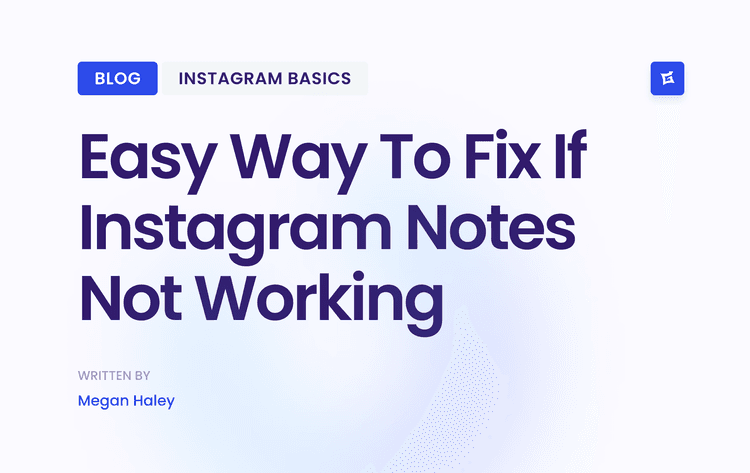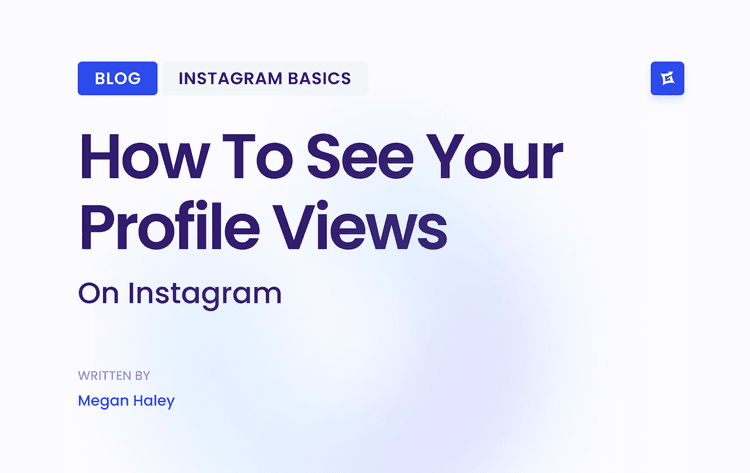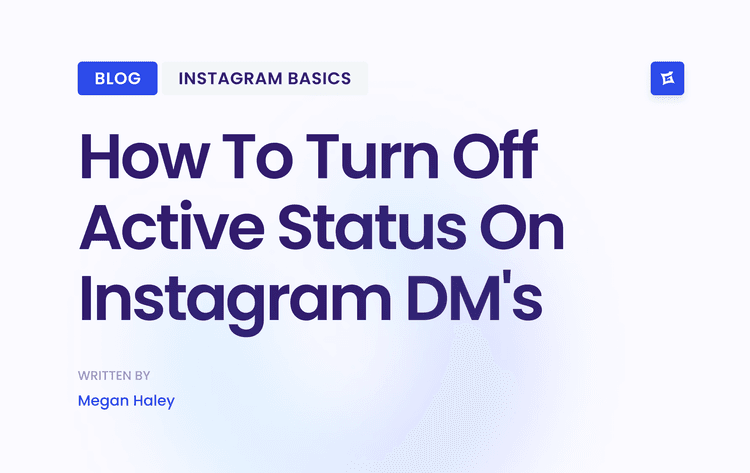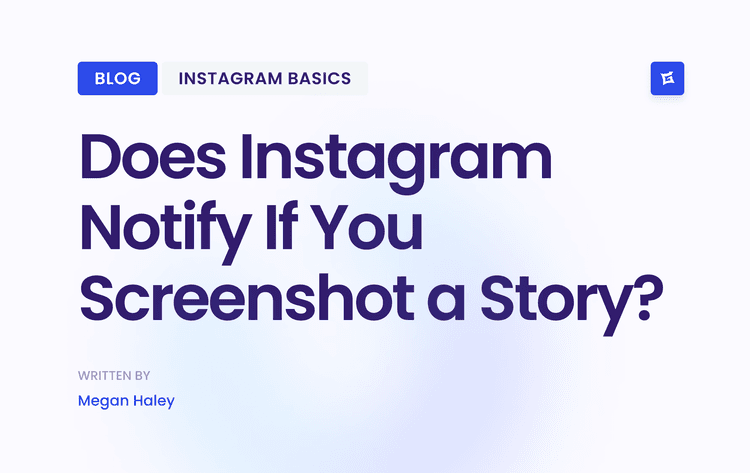Why Your Rate Card Is a Creator Must-Have
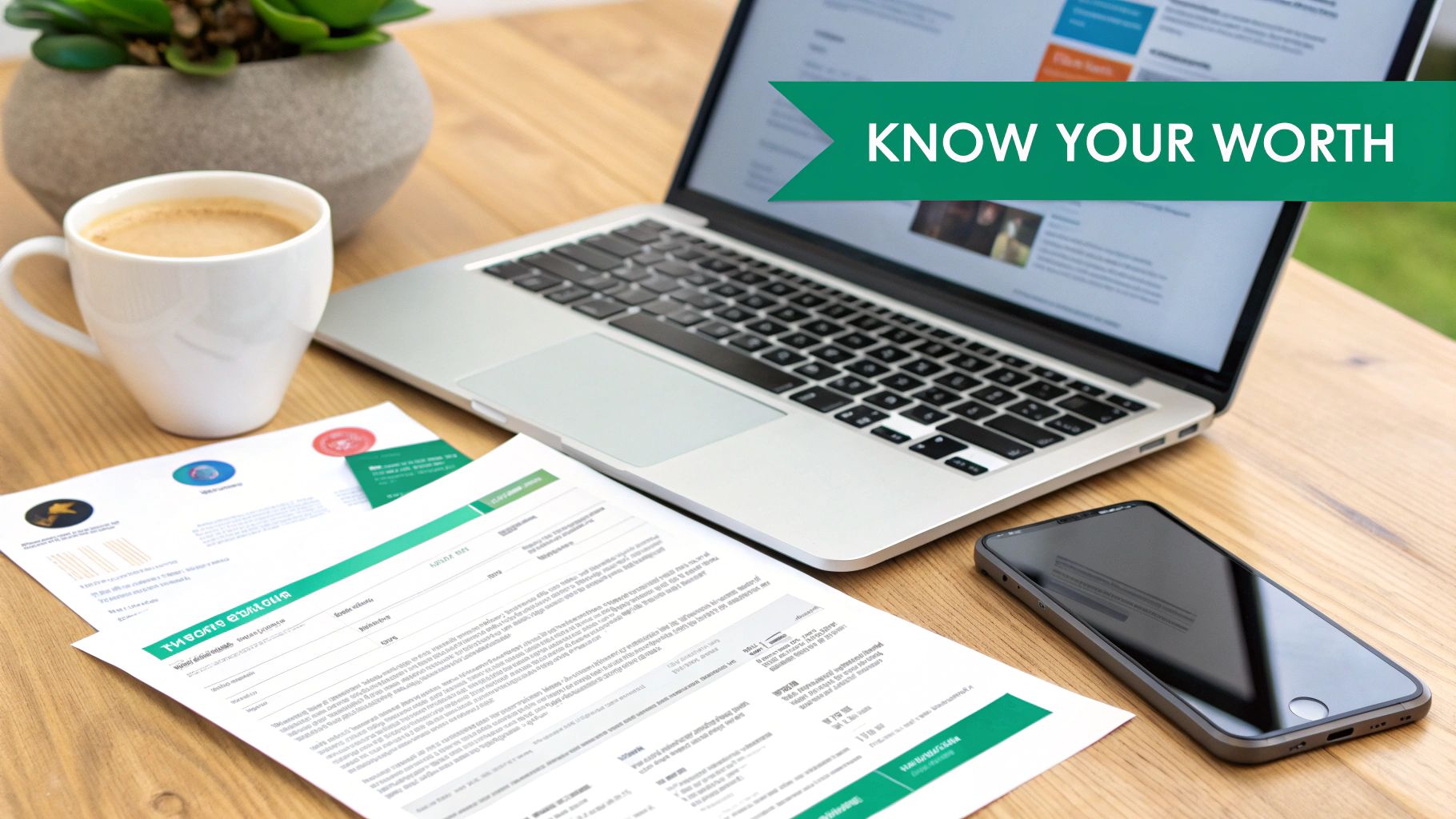
Let's face it—talking about money can be uncomfortable. But if you're serious about your craft, a professional rate card is one of the most powerful tools in your arsenal. It does the tough talking for you, establishing your value right from the get-go.
When you have a well-organized rate card, you’re not just a creator; you’re a business owner. It cuts through the back-and-forth, saving you and potential brand partners a ton of time by putting clear financial expectations on the table from day one.
Establish Professionalism Instantly
Imagine a brand reaches out and you reply with a polished, well-designed rate card. That single action tells them you're organized, confident, and serious about what you do. It's often the first professional document they'll see from you, and it absolutely sets the tone for the entire partnership. This simple PDF can be what separates the hobbyists from the professional partners.
Your rate card is your business blueprint. It showcases your unique value and ensures every collaboration starts on the right foot, with your worth clearly defined and respected.
Avoid Undervaluing Your Work
It happens to the best of us. You get excited about a cool collaboration, and without a set price list, it's all too easy to accept a lowball offer. An influencer rate card forces you to sit down and do the math ahead of time, considering everything from your audience size and engagement rates to your actual production costs.
This prep work gives you the confidence to walk into any negotiation knowing your numbers. It also provides a solid foundation for discussing extras, such as content usage rights or exclusivity periods, ensuring you’re compensated for every ounce of your creative effort. Learning about different ways to collaborate with brands can also help you dial in your offerings and pricing. By having everything laid out, you create a transparent, fair starting line for every conversation.
What Makes a Rate Card Actually Work?
Think of your rate card as less of a price list and more of a strategic sales tool. It's your professional highlight reel, designed to show brands not just what you charge, but why you’re worth every penny. You're telling a powerful story with your data.
A great rate card has to grab a busy brand manager's attention instantly. It needs to be professional, easy to scan, and persuasive, guiding them smoothly from who you are to what you offer. Every single section should build on the last, creating a clear picture of the value you bring to the table.
Your Bio: The 30-Second Pitch
Start with a short, punchy bio that gets right to the point. This isn't your life story; it's your elevator pitch. In just a couple of sentences, nail down your niche, describe your audience, and explain what makes you unique.
For example: "I'm a travel creator specializing in sustainable adventures for a millennial audience. My focus is on authentic storytelling that drives high-engagement visual content."
This little intro does a lot of heavy lifting. It immediately frames your services and lets a brand know if you're the right person for their campaign.
The Numbers That Matter: Audience and Engagement
Next up, you need to back up your pitch with hard data. This is where you prove that your audience is your target customer. Don't overwhelm them, just give them the essentials.
Age Range: Highlight the dominant age groups that follow you.
Gender Split: A simple percentage breakdown is perfect.
Top Locations: List the top 3-5 cities or countries where your audience is based.
After demographics, hit them with your performance metrics. Follower count is one thing, but what marketers really care about is engagement. Showcase your average engagement rate, typical reach, and video view counts. These are the numbers that justify your prices.
A rate card is your chance to anchor your pricing in solid data. When you clearly lay out your audience demographics and engagement stats, you change the conversation from "How much does it cost?" to "What's the potential ROI?"
This data-first approach immediately positions you as a serious, strategic partner, not just another creator for hire. If you want to see how top-tier creators weave this information into a compelling visual package, check out these powerful influencer media kit examples, which often include rate card details.
As the influencer world has grown, so have the expectations for pricing. It’s no longer a simple flat fee. Rates are now much more specific, often tiered by follower count and varying by platform.
To give you a clearer picture, here’s a look at what typical pricing tiers look like across the industry.
Nano influencers (with 1,000 to 10,000 followers) typically charge $25–$250 for an Instagram post, $50–$400 for a TikTok video, and $20–$150 for a set of three Instagram Story frames. They’re affordable and great for authentic, community-based engagement.
Micro influencers (with 10,000 to 100,000 followers) generally charge $250–$1,500 per Instagram post, $400–$2,000 for a TikTok video, and $150–$800 for a 3-frame Story package. They offer niche audiences and strong engagement rates.
Macro influencers (with 100,000 to 1,000,000+ followers) can charge $1,500–$10,000+ for an Instagram post, $2,000–$12,000+ for a TikTok video, and $800–$5,000+ for a Story set. They provide wider visibility and professional-grade content but require a larger budget.
Keep in mind these are just ballpark figures. Your unique engagement, niche, and content quality will ultimately determine your final pricing. Having this context helps brands see where you fit in the market and understand the value you're offering. According to Afluencer, a nano-influencer with 1,000 to 10,000 followers might charge $10 to $100 for a single Instagram post, which shows just how much variance there can be.
How to Calculate Your Rates with Confidence
Let's get one thing straight: "charge what you're worth" is terrible advice. It’s vague and unhelpful. Figuring out your rates isn't about pulling a number out of thin air; it’s a strategic calculation. The best way to start is by grounding your pricing in a real performance metric.
A solid, industry-standard formula is a great starting point. Calculate your average engagement per post, then multiply that by a cost-per-engagement (CPE) rate. Most creators work within a $0.25 to $0.75 CPE range. This gives you a data-driven base price for a single post and a concrete number you can confidently present to brands.
This infographic really nails the key components you'll need to pull together.
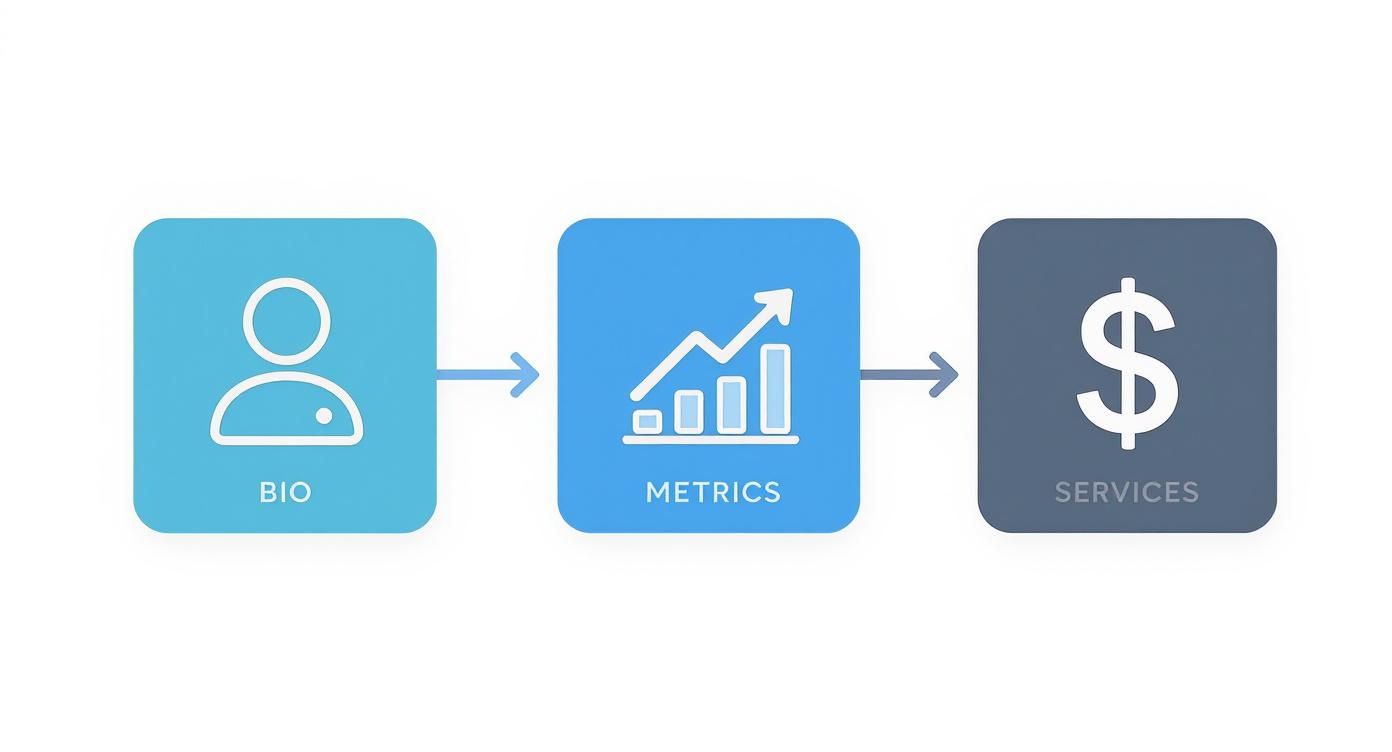
As you can see, a powerful rate card is built on a few core pillars: a compelling bio, your key metrics, and a crystal-clear menu of services.
Layering in Your Unique Value
That baseline rate? It’s just your floor. Now it’s time to build on it by factoring in all the unique value you bring to the table. These are the things that elevate you from just another creator to an indispensable partner for a brand.
Think about these value-adds:
Production Costs: Do you rent a studio, hire a professional photographer, or use high-end editing software? Those are business expenses, and they absolutely belong in your final price.
Niche Expertise: If you're the go-to expert in a specific field, like ethical AI or vintage watch collecting, that specialized knowledge is a premium service. Price it accordingly.
Platform Nuances: The effort behind a polished 10-minute YouTube video is worlds away from a quick Instagram Story. Your pricing has to reflect the work involved for each specific platform and format.
Engagement rates themselves tell a story. It's fascinating how nano-influencers often have higher engagement, averaging 2.71%, while micro-influencers sit around 1.81%. And here's a great little nugget for your negotiation toolkit: gifted collaborations can actually pull in 12.9% higher engagement than purely paid posts.
Your rate card isn't a "set it and forget it" document. It should evolve with you. As your audience grows, your skills sharpen, and your content quality improves, your rates should, too. Don't be shy about updating your prices to match your current market value.
Pricing Packages and Add-Ons
Once you've priced your individual deliverables, the real magic happens when you bundle them into packages. Brands often prefer packages because they offer more value and simplify the buying process, which means a bigger deal for you. For some great inspiration, check out this guide to building social media packages and pricing that brands find irresistible.
To get even more granular and ensure you're positioning yourself correctly in the market, these expert payment tips for influencers are a fantastic resource.
You can also boost your earnings by offering premium add-ons, such as:
Usage Rights: If a brand wants to use your photo in their paid ads or on their website, that’s an extra charge.
Exclusivity: You can charge a premium fee to agree not to work with a brand’s direct competitors for a specific period.
Whitelisting: This allows a brand to run ads through your social media account, and it should definitely come at an additional cost.
Designing a Rate Card That Reflects Your Brand
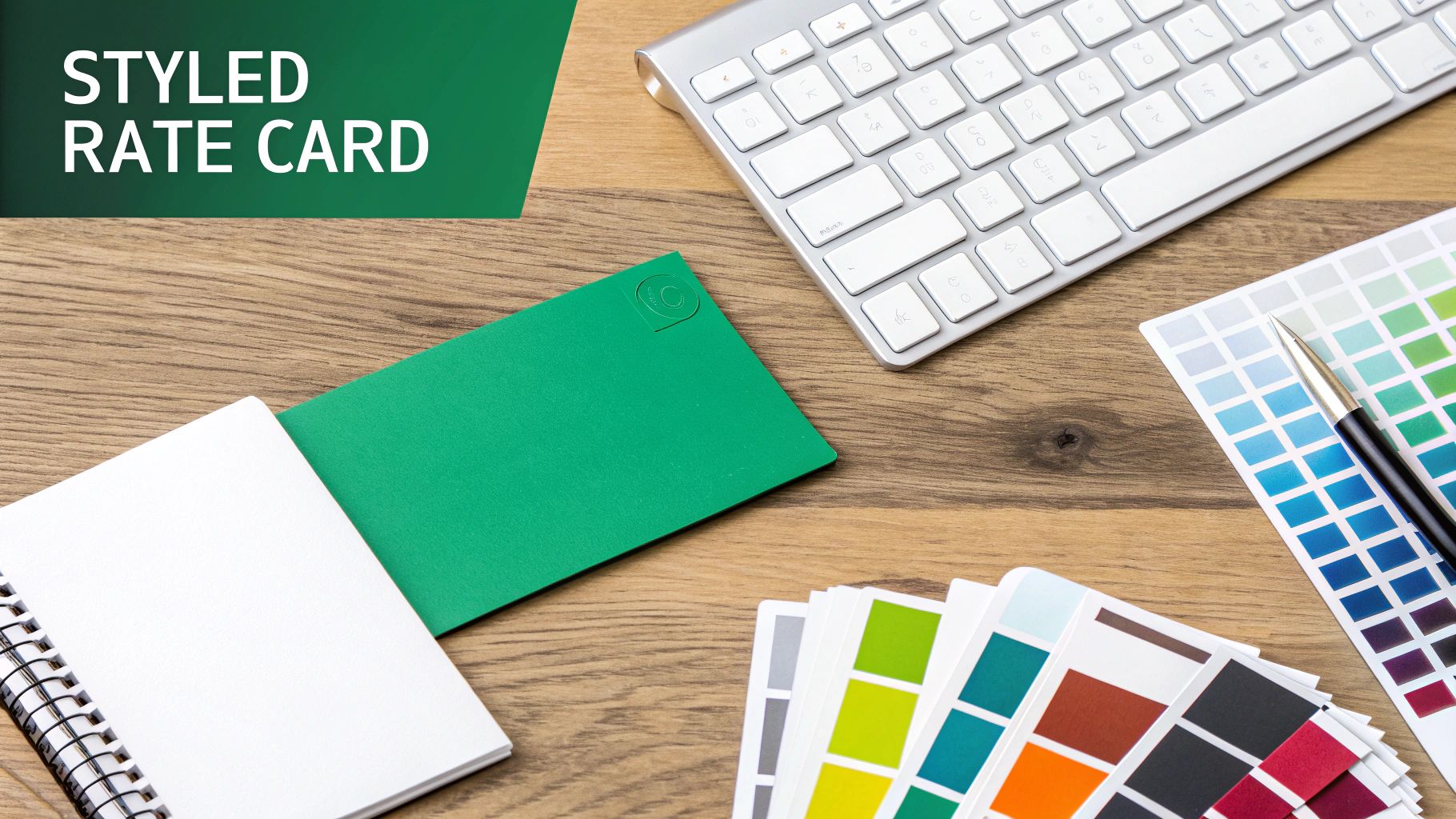
Think of your rate card as more than just a menu of prices. It's often the first real business document a potential partner sees from you, and it speaks volumes about your brand's quality and professionalism. A clean, well-designed rate card instantly tells brands that you're organized, reliable, and serious about your craft.
You absolutely don't need to be a professional graphic designer to pull this off. The real goal is simplicity and clarity. A busy brand manager should be able to scan your offerings and grasp your value in just a few seconds. A cluttered layout or a hard-to-read font can make even the most competitive rates look amateurish.
Aligning Design with Your Brand Identity
Your influencer rate card template should feel like it belongs with the rest of your content. If you have established brand colors and fonts, use them here to create a cohesive look. It builds brand recognition. If you don't have a formal brand guide, no problem—just pick two or three complementary colors and a couple of clean, professional fonts to work with.
Cohesive Colors: A good starting point is using your main brand color for headings and a simple neutral like black or dark grey for the rest of the text.
Readable Fonts: Skip the overly decorative or script fonts. You want maximum readability, so stick with clear, modern options like Lato, Montserrat, or Poppins.
High-Quality Imagery: Always include one or two high-resolution photos. Choose images that really showcase your personality and the quality of your work.
Think of your rate card as your business’s suit and tie. A polished design immediately communicates that you’re a professional partner, which can make a brand more willing to meet your asking price.
Plenty of creators turn to tools like Canva for this. It’s packed with pre-made templates you can customize in minutes, saving you a ton of time while ensuring your final PDF looks sharp and is ready to send.
Pro Strategies and Common Pricing Mistakes
Top creators don't just sell one-off posts. They think bigger. The real money is in moving beyond a simple price list and offering strategic packages.
Think about bundling your services. Instead of just quoting a price for a single Reel, why not offer a package? A great starting point could be one Reel, three Stories, and a static post, all for a slightly discounted bundle price. This little bit of strategy encourages brands to invest in a more comprehensive campaign, which immediately boosts your total deal value.
It's a smart psychological play. A brand might come to you with a budget for one post, but when they see the value packed into a bundle, it becomes a surprisingly easy upsell. Suddenly, you're not just another creator selling a slot; you're a strategic partner thinking about their campaign's success.
Common Mistakes That Cost You Money
I see so many creators leaving serious money on the table, and it usually comes down to a few common mistakes. The biggest by far? Forgetting to charge for things like usage rights and exclusivity. These are not free add-ons; they are valuable assets you need to price accordingly.
Let's break down the most common pricing pitfalls:
Forgetting Usage Rights: If a brand wants to use your content on their website or in paid ads, that's a separate line item. You created it, you own it. A good rule of thumb is to charge an additional 20-50% of your base fee for every 30-day period they want to use it.
Ignoring Exclusivity: When you agree not to work with a brand's competitors for a certain period, you're limiting your own earning potential. That comes at a premium. This is often priced as a percentage of the total deal for each month they want you to be exclusive.
Undervaluing Your Niche: Your follower count isn't the whole story. If you have a highly engaged, super-specific audience (like ethical knitters or competitive drone racers), your value is immense. Don't let generic industry averages dictate your prices.
A poorly designed PDF or a rate card that doesn't account for add-ons signals a lack of business savvy. Brands are investing in a growing market, and they expect professionalism that matches their spend.
The global influencer market is projected to hit $32.55 billion in 2025. But don't get complacent. Brands are getting smarter, and with economic shifts, they're focusing more than ever on ROI.
This is why you have to prove your worth. To stand behind your rates with confidence, you have to understand how to measure content marketing ROI. When you present your services professionally and price them strategically, you’re not just getting paid—you’re securing your place in a booming industry.
Common Questions I Hear from Creators
When you're putting together your first rate card, or even just updating an old one, a few key questions always seem to pop up. Let's walk through the common sticking points and get you some clear, practical answers.
Should I Actually Put My Prices on the Rate Card?
This is the big one, and you'll hear strong opinions on both sides. I've found the most effective approach is a smart middle ground: list "starting at" prices.
Doing this accomplishes a few things right away. First, it shows you’re a professional who knows their value. Second, it instantly weeds out brands that have a shoestring budget, saving you from countless back-and-forth emails that go nowhere.
At the same time, it doesn't lock you into a fixed price. This flexibility is crucial because it keeps the door open for custom negotiations on bigger, more involved campaigns. You don't want to scare off a dream brand with a high fixed price before they've even had a chance to tell you about their massive, multi-post project.
How Often Should I Update My Rates?
Your prices shouldn't be static. As your influence grows, so should your rates. I recommend that creators give their rate card a refresh at least every six months.
You should also plan to revisit your pricing whenever you hit a major milestone. Think about things like:
Crossing a big follower threshold, like hitting 50k or 100k followers.
Your engagement rate sees a significant, sustained jump.
You land a high-profile campaign with a major brand that seriously elevates your portfolio.
Your rate card needs to reflect your current market value, not what it was last year. Don't hesitate to adjust your prices to match the influence and results you deliver today.
What's the Real Difference Between a Rate Card and a Media Kit?
It's easy to get these two confused, but they serve very different purposes.
Think of your media kit as your professional highlight reel. It’s a comprehensive, visually-driven document that tells your story. It’s where you put your bio, detailed audience demographics, impressive case studies from past partnerships, and glowing testimonials from brands you've worked with. The media kit is all about selling the why—why a brand should be excited to partner with you.
Your rate card, on the other hand, is all about how much. It's a straightforward, laser-focused menu of your services and what they cost. It’s the practical, transactional piece of the puzzle. Often, the rate card is simply the final page of a media kit or a separate one-page document you send over once a brand is serious about moving forward.
Ready to grow your audience and make that rate card even more compelling? Gainsty combines smart AI with expert strategy to help you attract real, engaged Instagram followers organically.
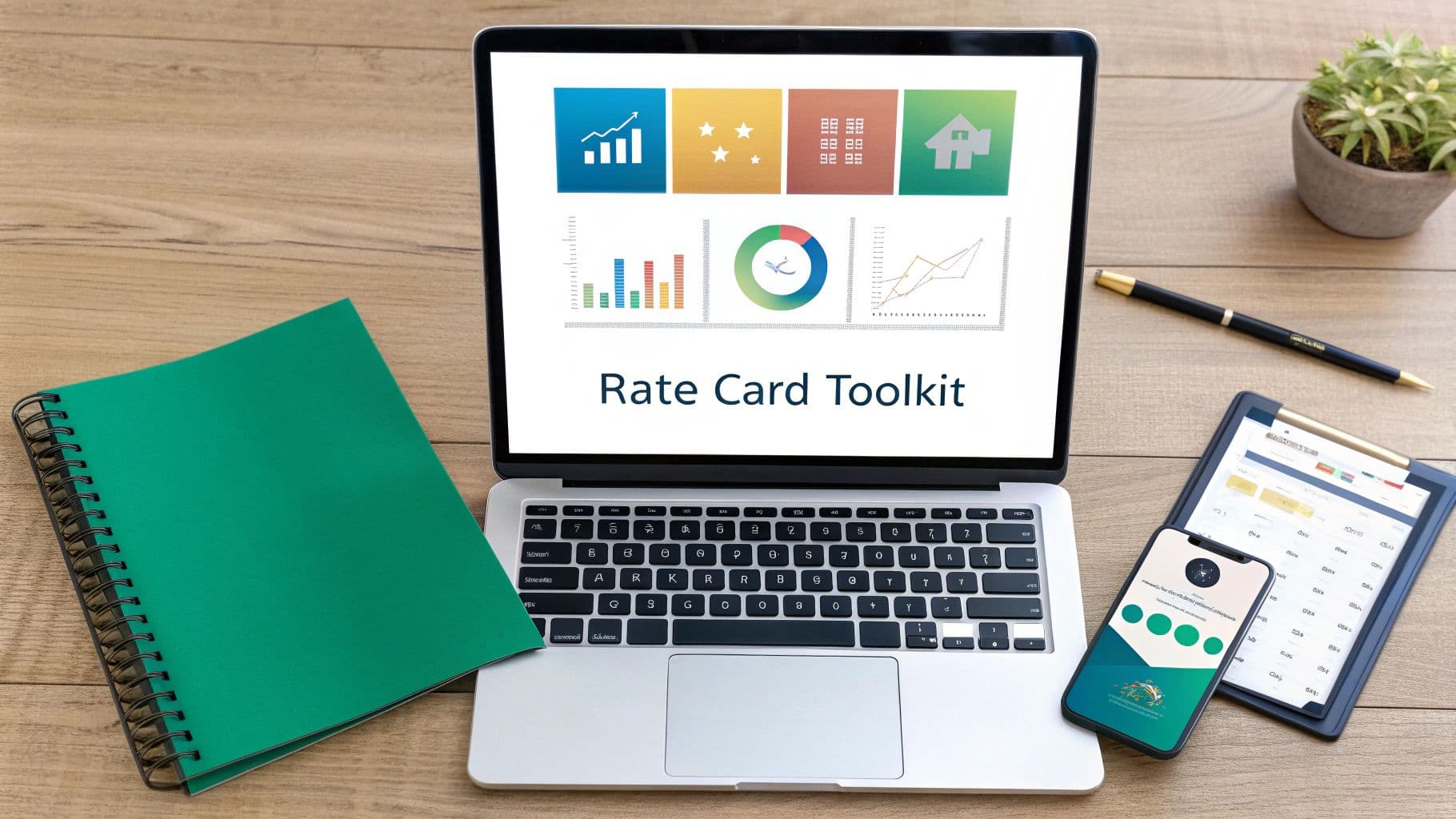
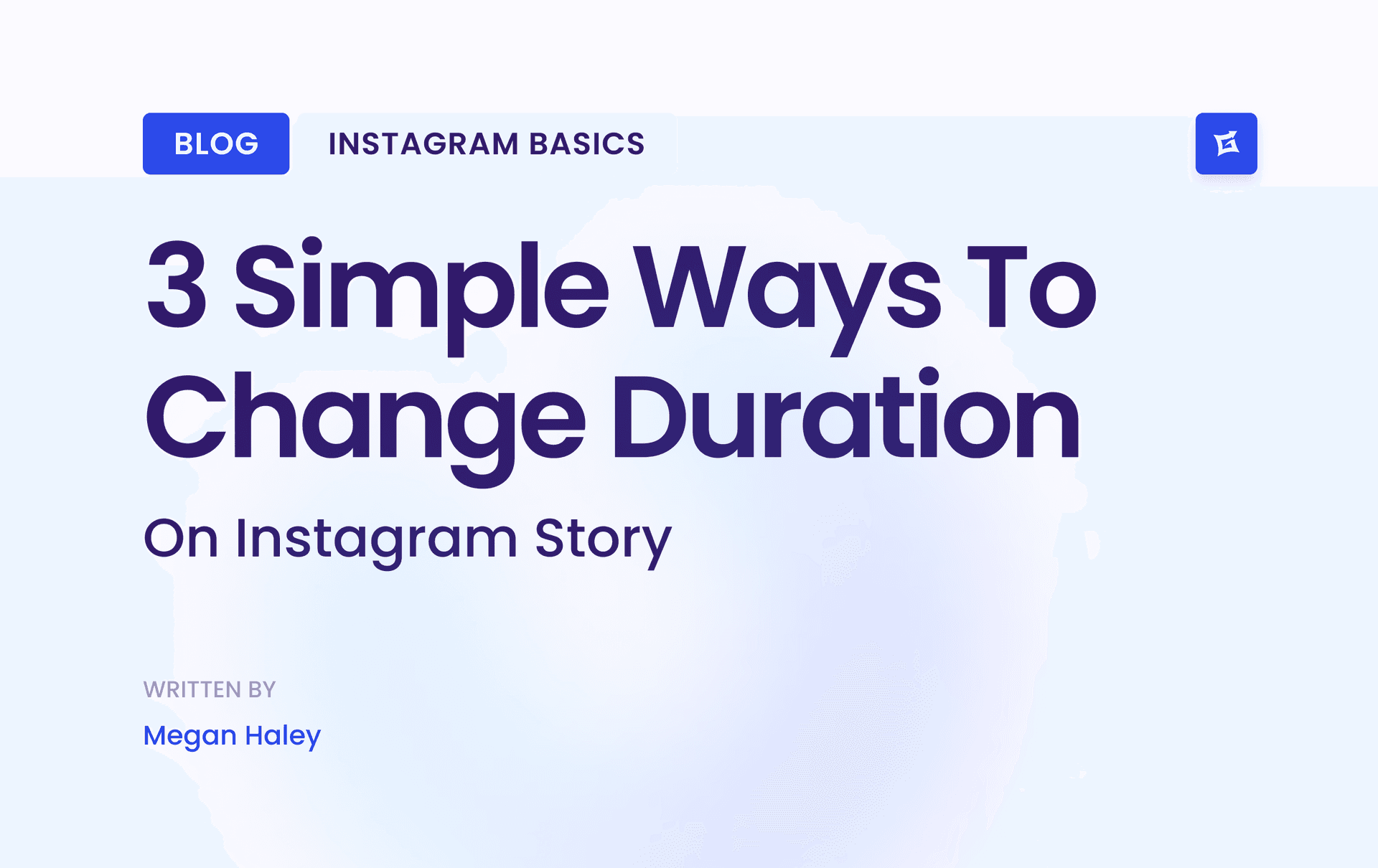
.png&w=1920&q=75&dpl=dpl_9XSWKBjhcBN6v6b1SN7m3p1WWjfr)
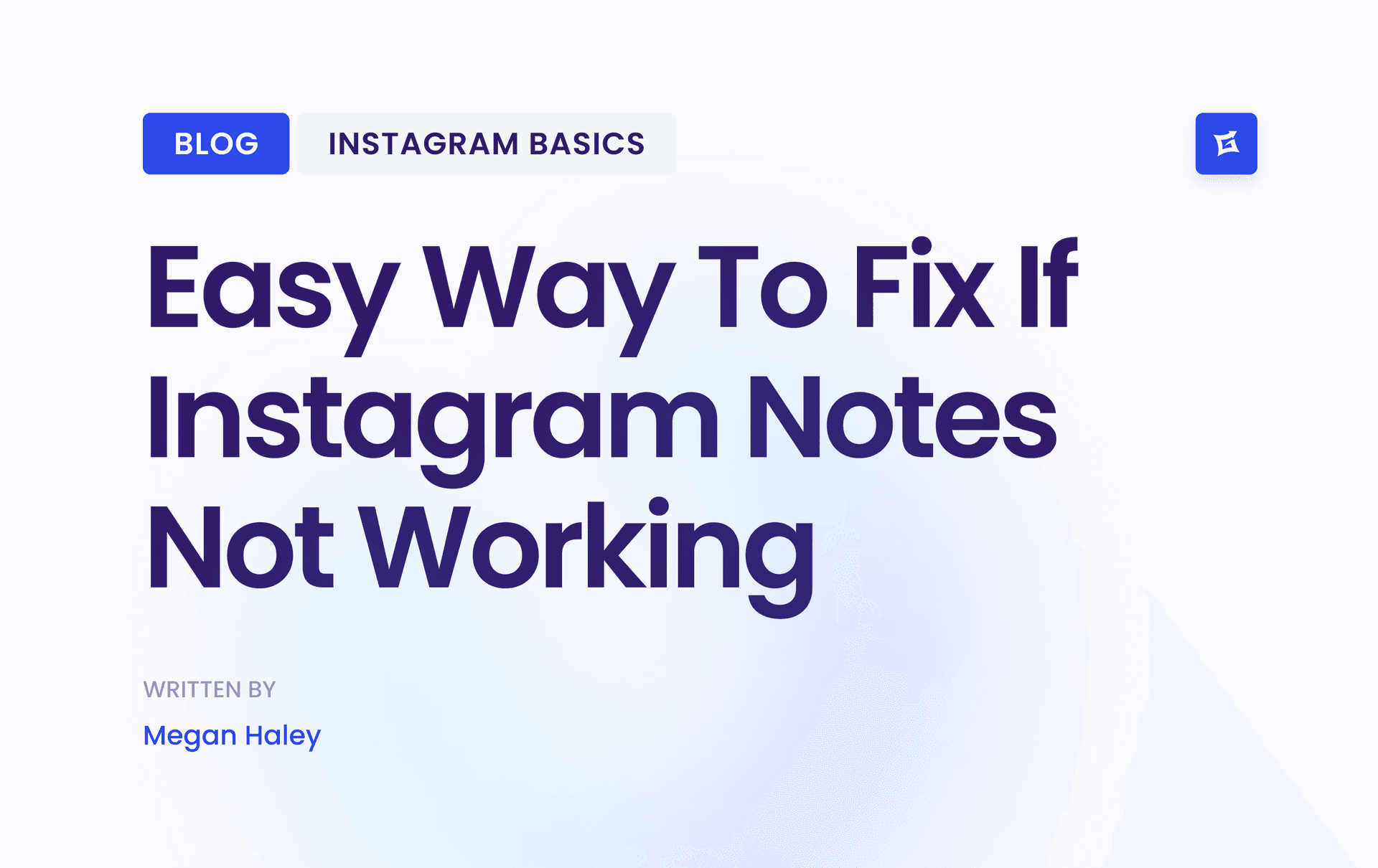
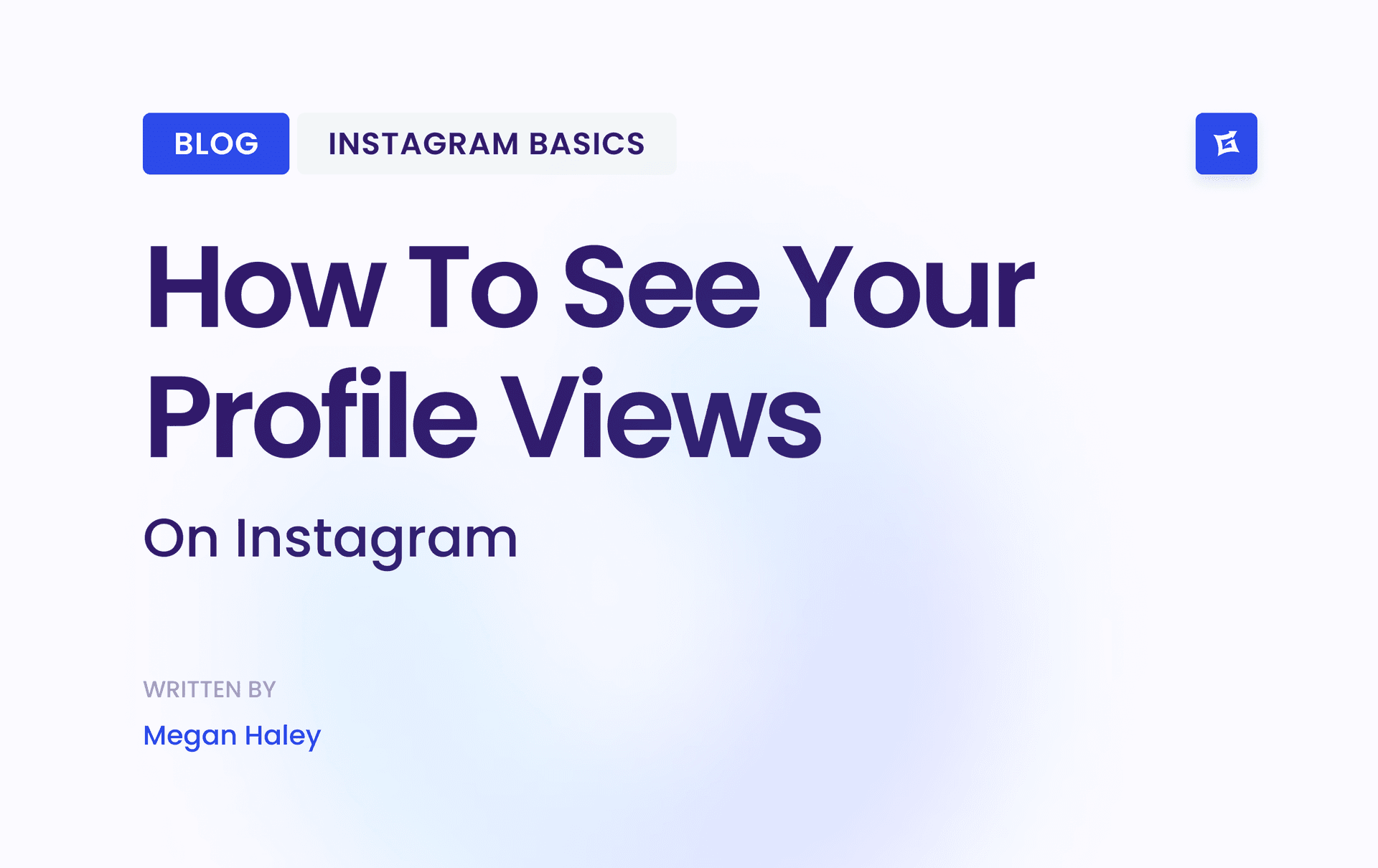
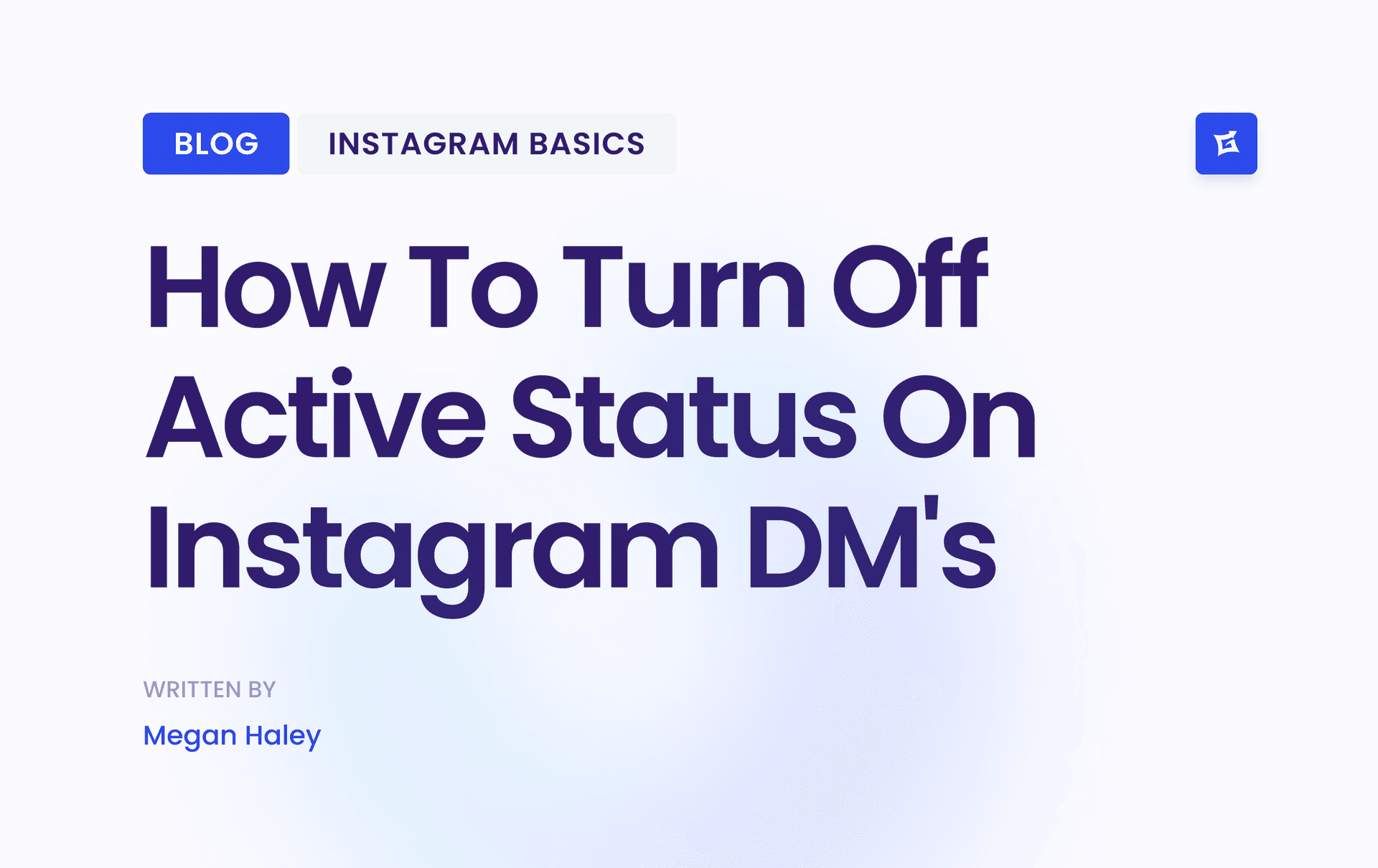
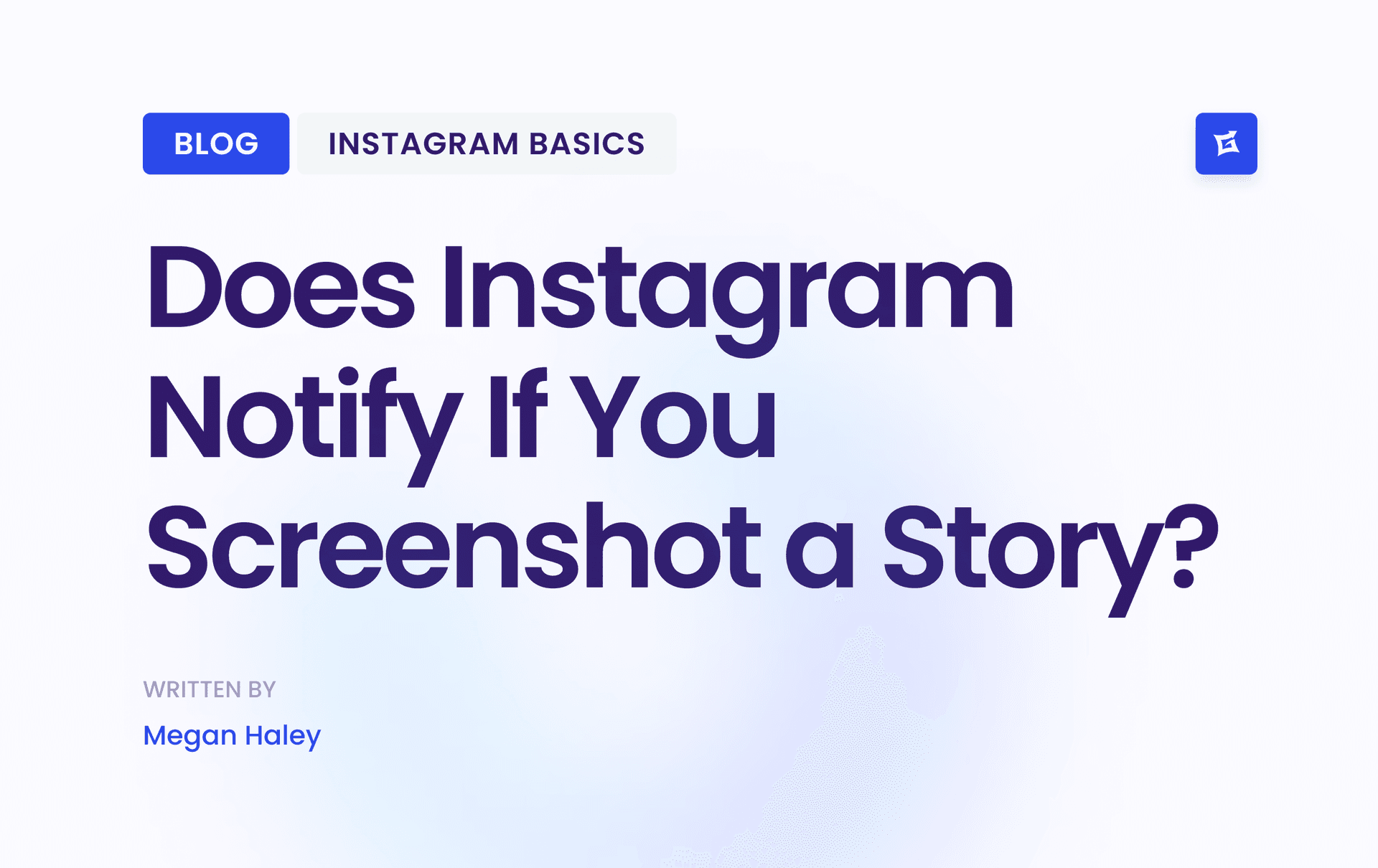



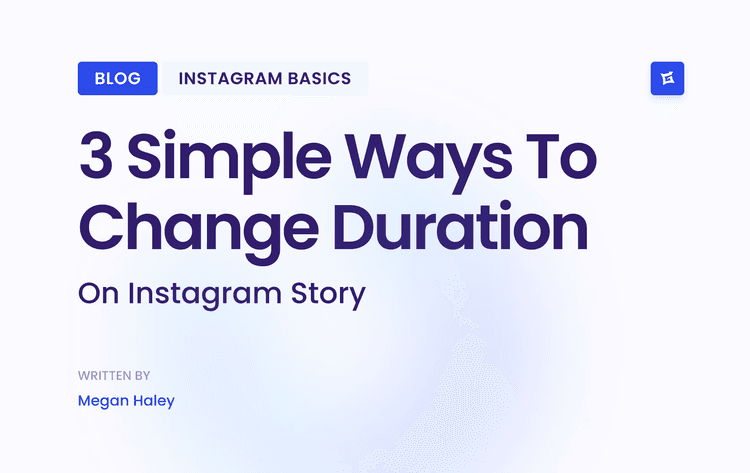
.png&w=750&q=75&dpl=dpl_9XSWKBjhcBN6v6b1SN7m3p1WWjfr)
